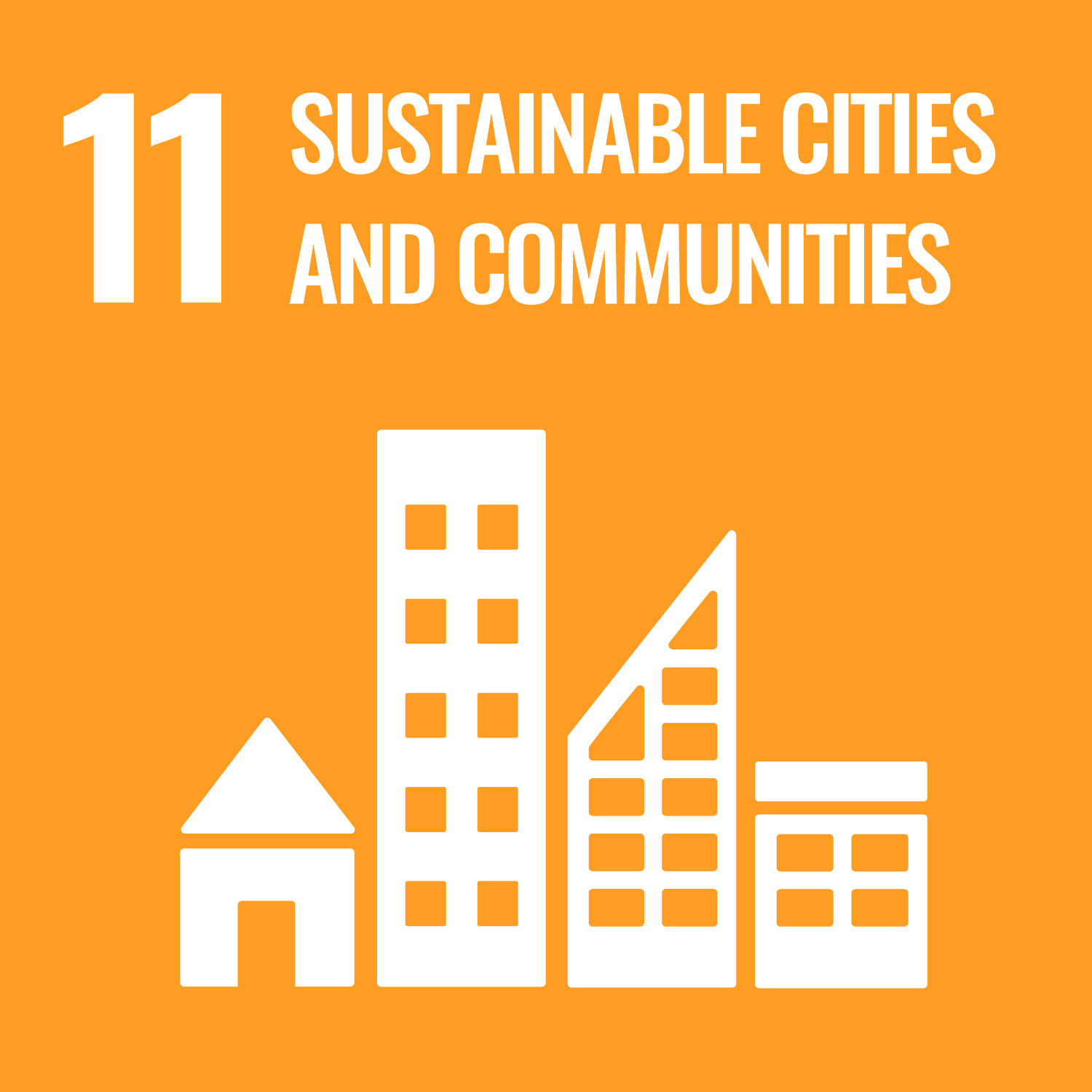 China’s One-Stop Service Centre Model
Designing Government Services for Urban Bangladesh
China’s One-Stop Service Centre Model
Designing Government Services for Urban Bangladesh

Challenges
More than half of the world’s population now lives in urban areas. By 2050, this figure will rise to 6.5 billion people – two thirds of humanity.
The rapid growth of cities in the developing world, coupled with increasing rural-to-urban migration, has led to a boom in megacities. Bangladesh is one country in South Asia facing very rapid urbanization. Its cities are growing at more than twice the rate of its rural areas, a trend expected to continue until Bangladesh transitions from a low- to a middle-income country. It is predicted that by 2030, the population living in urban areas will double to 80 million. Improving the efficiency of public services is therefore a government priority. However, in a rapidly urbanizing Bangladesh, efficient delivery of basic services has come under considerable pressure. Citizens could frequently face a variety of difficulties registering a birth or death, paying bills (e.g., for taxes or fees) or requesting connections to municipal water supplies.
Towards a Solution
In order to address these challenges, Bangladesh conducted South-South exchanges with China in 2013 to learn from and adapt its innovative one-stop social service centre model. Using design-thinking tools, UNDP worked with four mayors from Bangladesh, beneficiaries of basic services, municipal government officials from Bangladesh and China, and design-thinking experts from Malaysia and Singapore to build prototypes of a one-stop shop that would work in Bangladeshi cities by contextualizing the Chinese experience to suit local needs.
This distinctive approach, which relies on collective action, put the end users (or beneficiaries) at the centre of policy dialogue so that they could make a direct contribution to creating solutions. As a result, city planners (mayors and city officials) and beneficiaries (users) reached a consensus on how best to design and deliver social services. In turn, the mayors worked with the central government to secure the financing needed to establish these centres in their respective cities. While cities in Bangladesh are decentralized, they do not have complete fiscal autonomy and therefore rely on the central government for funding to establish the centres. UNDP is currently facilitating this process and intends to showcase the prototype of the one-stop service centre at the Bangladesh Urban Forum in 2016.
This experience shows that users’ (beneficiaries’) knowledge and experience are a critical part of the design process, ensuring the customization of products and services to local needs and demands. Moreover, using the innovative design-thinking principles helped to contextualize and adapt the Chinese model of a one-stop service centre to the local needs of urban residents in Bangladesh. The fact that citizens/users played a fundamental role in the design process directly helped to achieve broader ownership and sustainability.
Consolidating key social services in one location through the one-stop service centre was administratively cost efficient and reduced the burden for users, who were able to take advantage of the multiple services offered (e.g., civil registration, land registration, banking and notary services, and social insurance and social welfare payments) at one single site.
It is possible to replicate this model by using a similar process and methodology. However, user needs and input during the design process will ultimately determine the character of the final output, which may differ from the model provided. Such experiences illustrate that perfect replication is neither achievable nor desirable but rather that successful elements of a good practice can be adapted to suit local needs in the recipient country. Towards this end, design-thinking and social innovation principles were particularly suited to the transfer of knowledge and aspects of experiential learning.
Contact Information
Countries involved
Supported by
Implementing Entities
Project Status
Project Period
URL of the practice
Primary SDG
Similar Solutions
| NAME OF SOLUTION | Countries | SDG | Project Status | |
|---|---|---|---|---|
360-Degree Awareness Tool to Fight COVID-19 Raising awareness and ensuring public wellbeing through a one-stop platform for fighting COVID-19 in Bangladesh |
Bangladesh, China | 16 - Peace and Justice Strong Institutions | Ongoing | View Details |
A-Card Initiative |
Bangladesh, China | 10 - Reduced Inequalities | Completed | View Details |
Accelerating Digital Transformation in All Ministries in Bangladesh Promoting the rapid design and implementation of plans to digitize all ministries and subordinate government institutions in Bangladesh |
Bangladesh, China | 10 - Reduced Inequalities | Ongoing | View Details |
Accelerator Labs Network Following collective intelligence methods to address emerging sustainability challenges and the growing demand for local solutions |
Bangladesh, China | 08 - Decent Work and Economic Growth 13 - Climate Action | Ongoing | View Details |
Accessibility of Financial Services and the Private Sector in Africa Maximizing the impact of financial cooperation on economic development and industrialization in Africa |
Bangladesh, China | 08 - Decent Work and Economic Growth | Completed | View Details |